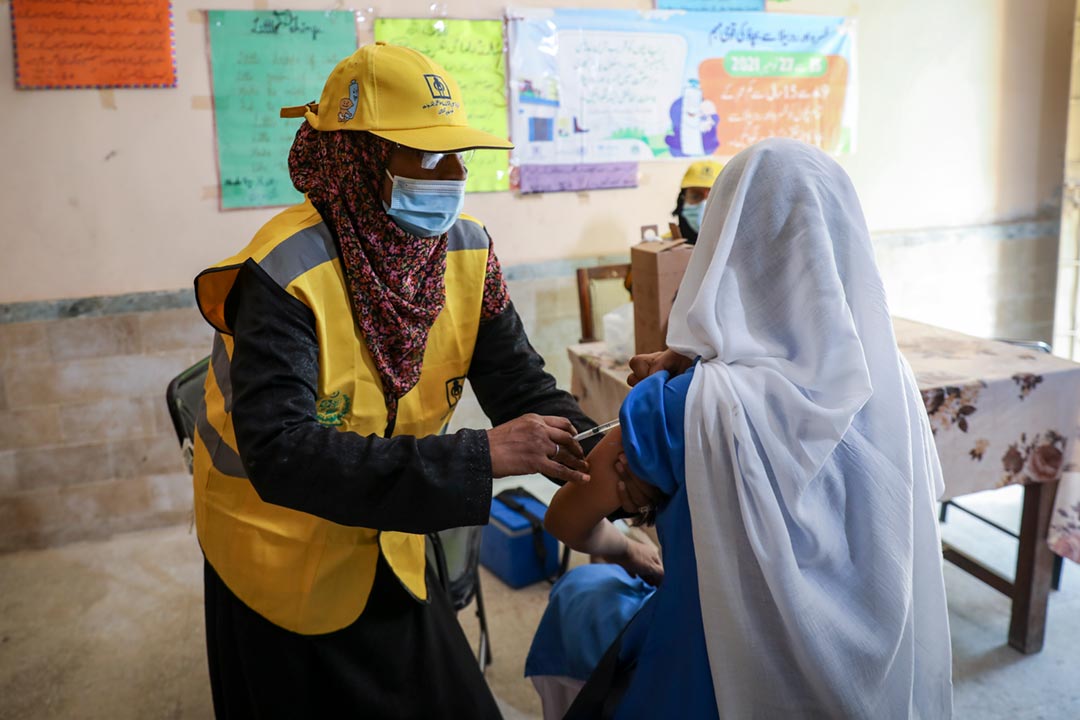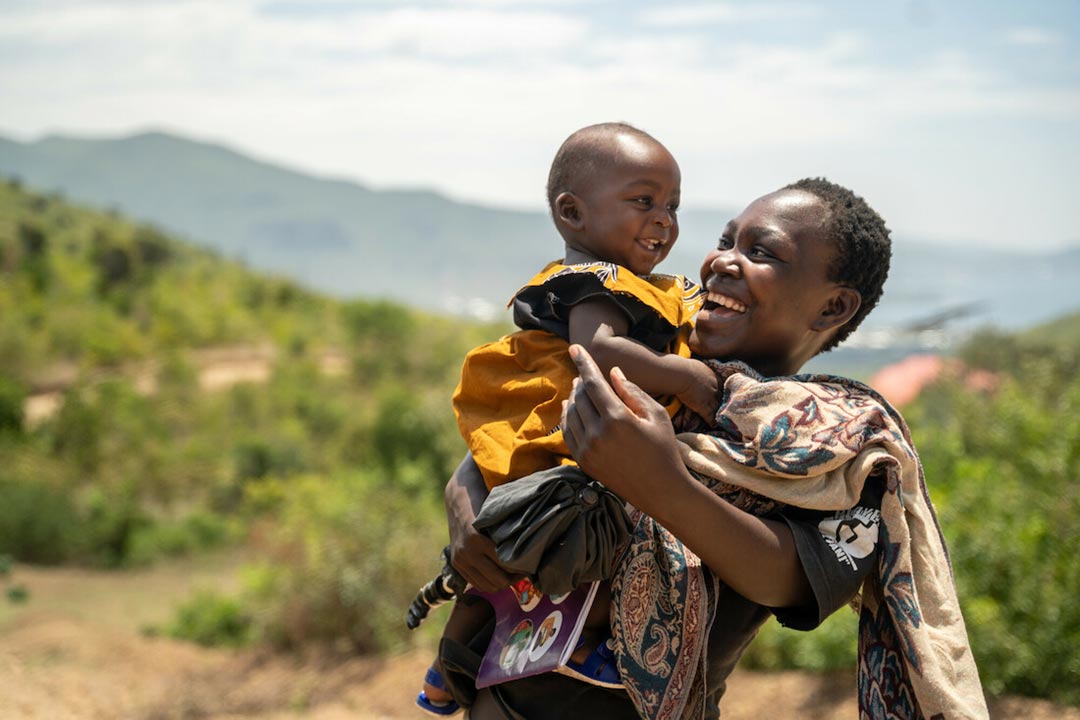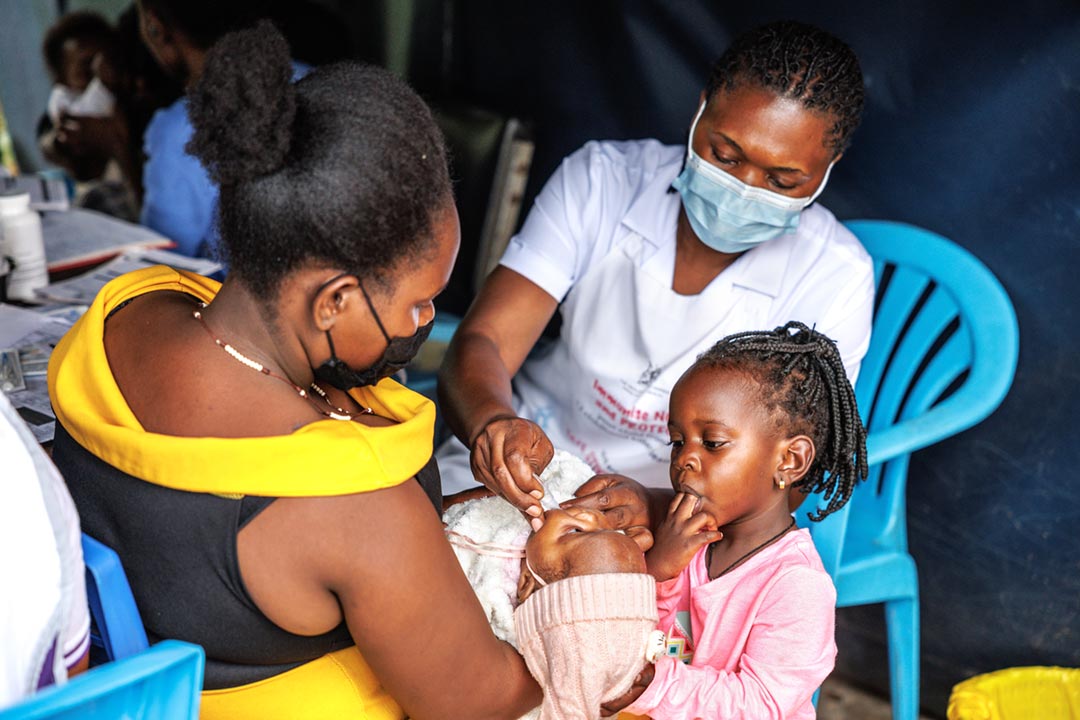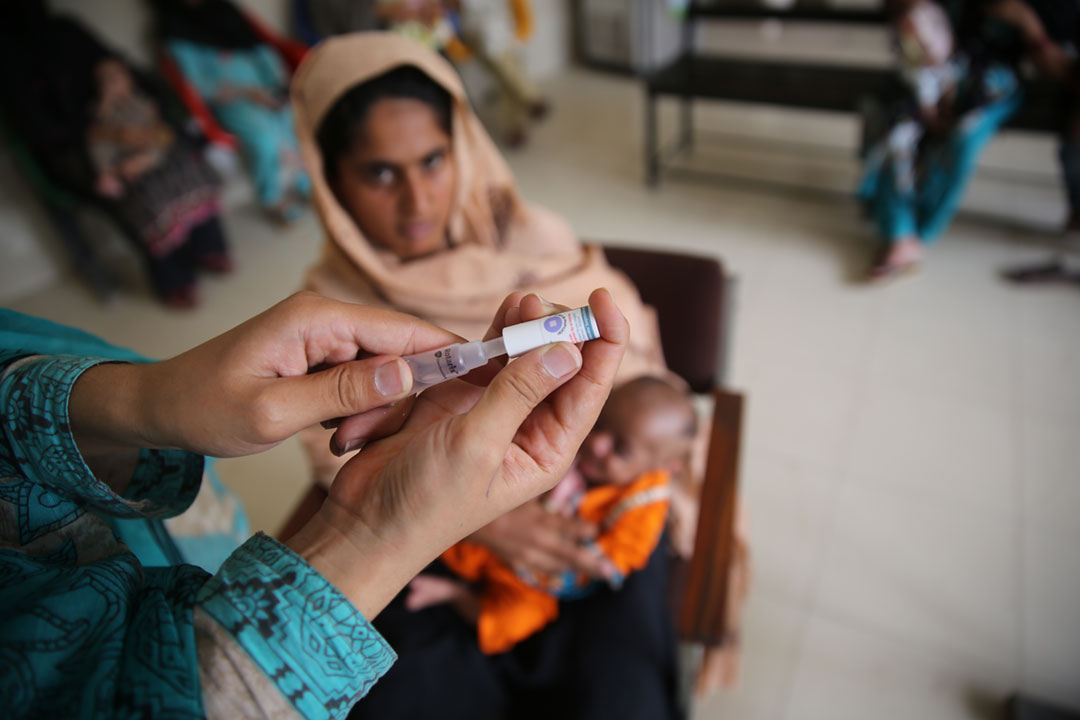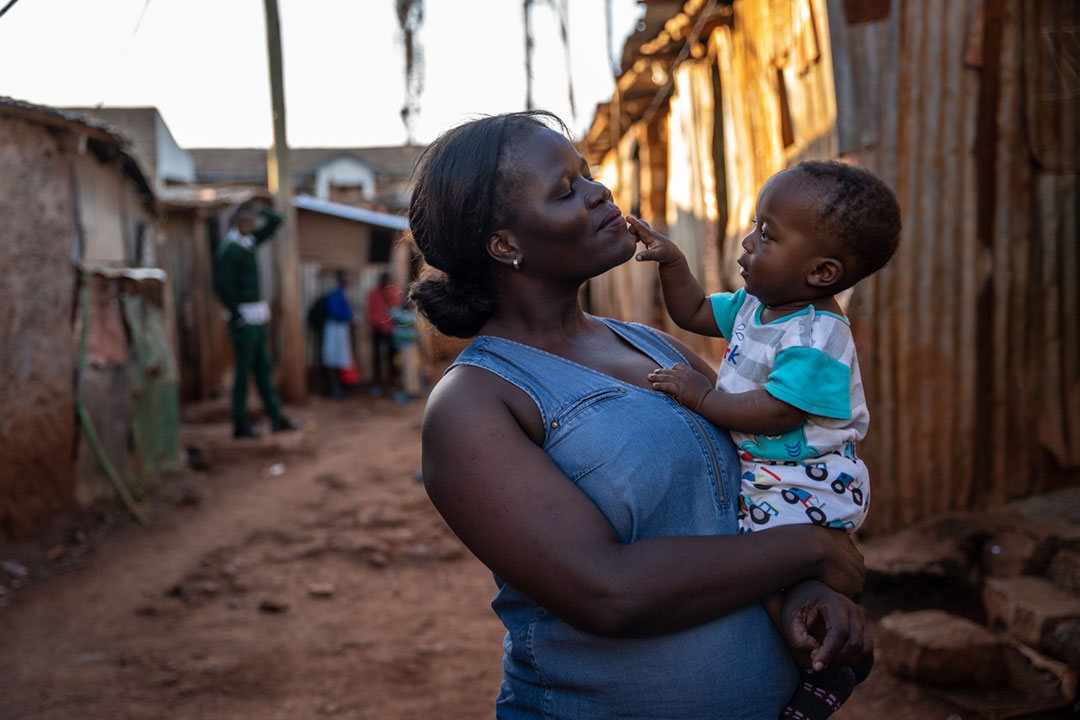Over half of infectious diseases made worse by climate change
The floods, storms and heatwaves caused by a warming planet are changing the way pathogens are spread and increasing our risk of disease.
- 23 August 2022
- 3 min read
- by Priya Joi

The link between global warming and the increased risk of diseases spread by organisms such as viruses and bacteria has been well known for a few years – cholera, malaria, Lyme disease, West Nile virus and the Zika virus have already been proven to spread more easily amid climate change.
But a review published in Nature Climate Change is one of the most systematic studies yet. The results are worrying: of 375 infectious diseases studied, 218 (58%) have been aggravated by climate change.
Not only will climate change aggravate existing diseases, it could also create evolutionary pressures for more heat-resistant pathogens that might be able to survive one of our body’s main defence mechanisms: fever.
A warming planet
The findings come on the heels of an Intergovernmental Panel on Climate Change assessment released in March, which found that the best-case scenario involved a 1.5°C (2.7°F) rise over the next 20 years, which will exacerbate the spread of infectious diseases.
If sufficient action isn’t taken, the IPCC warned an increase to 2°C could accelerate the rise of infectious diseases even more.
The excess of greenhouse gas emissions that are causing climate change leads to a complex interplay of planetary changes. Increased emissions warm the atmosphere, which allows the air to hold more water, leading to greater soil water evaporation. This leads to droughts and heatwaves, which can increase the risk of wildfires.
In damper places, on the other hand, climate change leads to floods and storms, which are aggravated in severity by sea level rises.
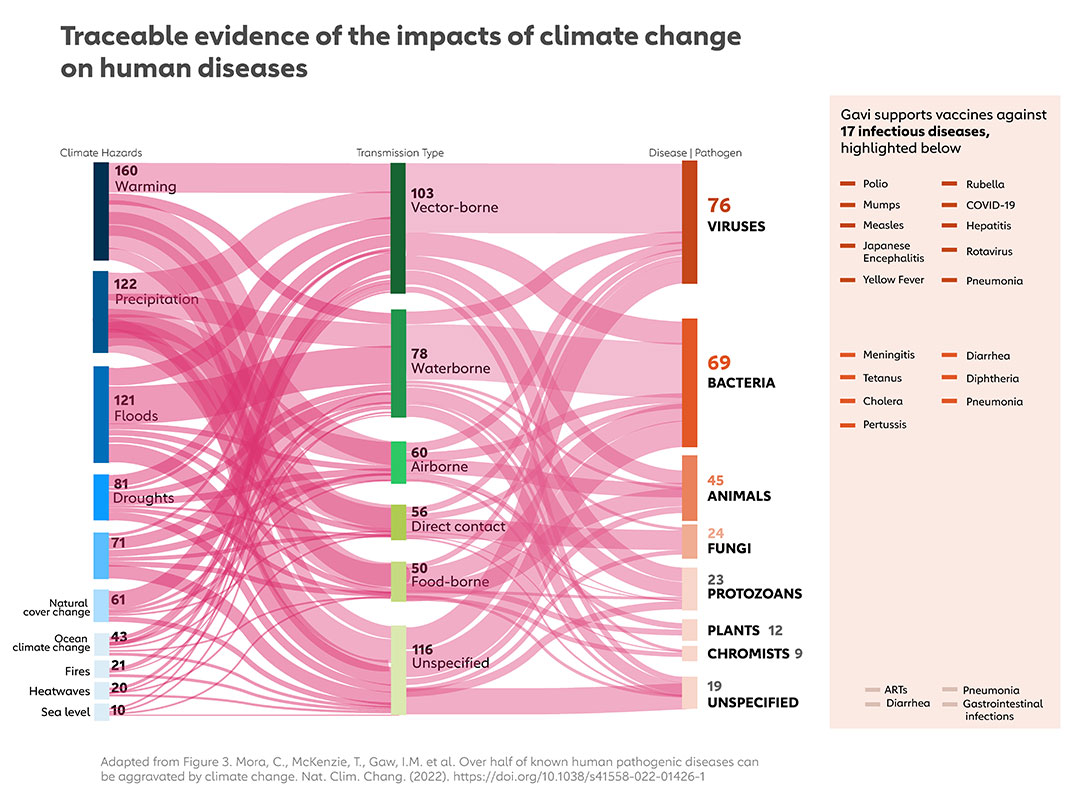
Increasing disease
These climate hazards can change the risk of infectious diseases in numerous ways. Warming and increased rainfall can mean that disease vectors like mosquitoes, ticks, birds and other animals can expand their geographical range, bringing them into contact with human populations that weren’t previously at risk. This increases our risk of diseases like West Nile virus, Zika, dengue, chikungunya and malaria, among others.
Have you read?
Disruptions to habitats can drive wildlife like bats, rodents and primates to find new areas to live in, which can bring them much closer to human habitations, making zoonotic exposures more likely.
Floods and storms can lead to wastewater overflow, compromising safe drinking water and spreading pathogens, leading to a rise in noroviruses, rotavirus and cholera.
Melting ice and thawing permafrost can lead to the opening of a ‘Pandora’s box’ of pathogens, say the researchers, in which strains of ancient deadly pathogens such as anthrax that were frozen are now unleashed – this seems to have been the cause of a recent anthrax outbreak in the Arctic circle.
Climate changes can also change human behaviour and social interactions, with evidence from Indonesia that heavy rainfall led to increased cases of COVID-19 as people were clustered together in small spaces. The researchers speculate that other extreme weather conditions such as heatwaves and extremely cold weather can also drive people indoors more often, leading to a spread of infectious diseases.
In addition, as humans struggle to adapt to large changes in temperature, our immune systems may be weakened, which also makes us vulnerable to infectious diseases, particularly respiratory illnesses like influenza.
Although global warming sometimes reduced the spread of some pathogens, overwhelmingly climate hazards have exacerbated the risk from infectious diseases.
The researchers warn that not only will climate change aggravate existing diseases, it could also create evolutionary pressures for more heat-resistant pathogens that might be more dangerous for human beings as they will be able to survive one of our body’s main defence mechanisms – fever.
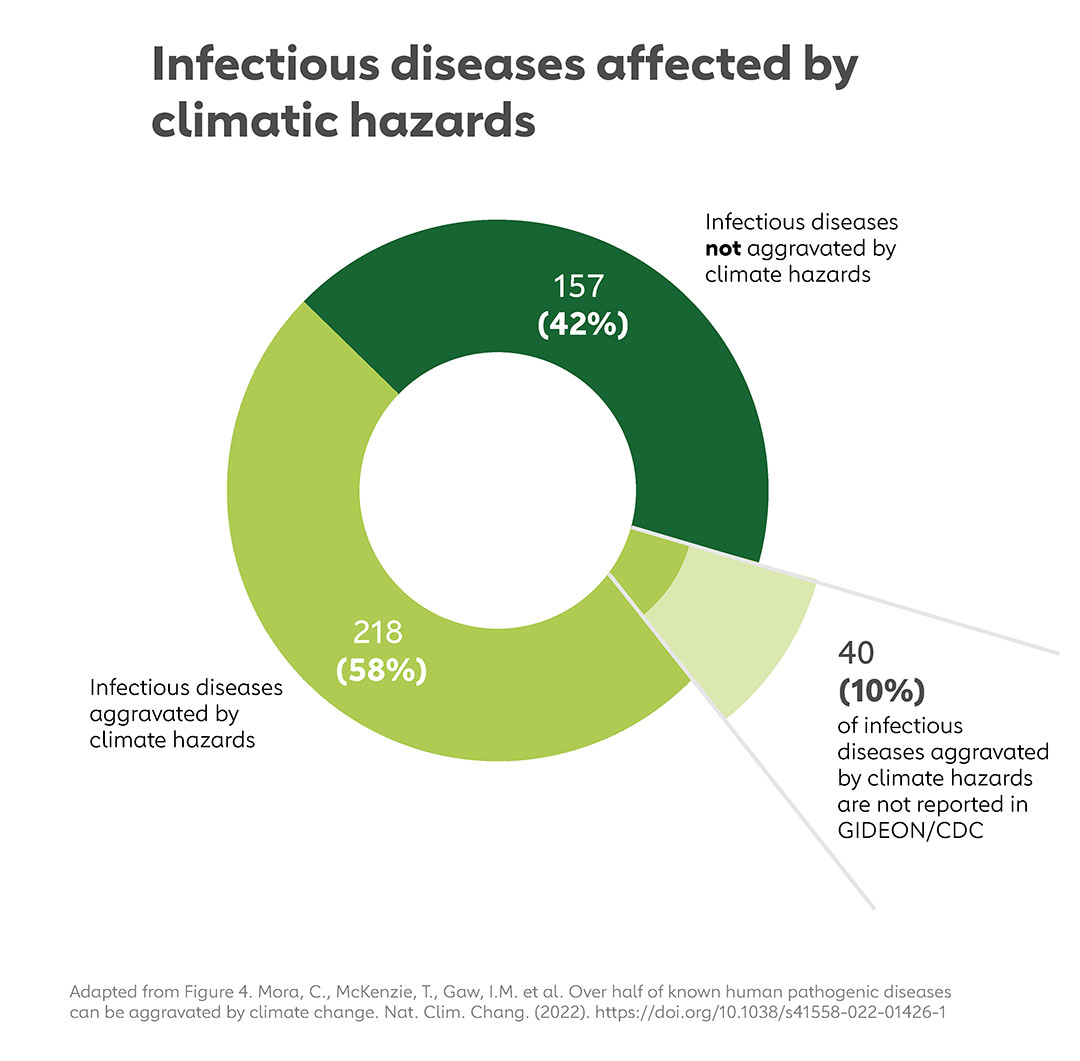
All of this underlines the importance of rapid and aggressive action in mitigating greenhouse gas emissions and tackling climate change head on.

